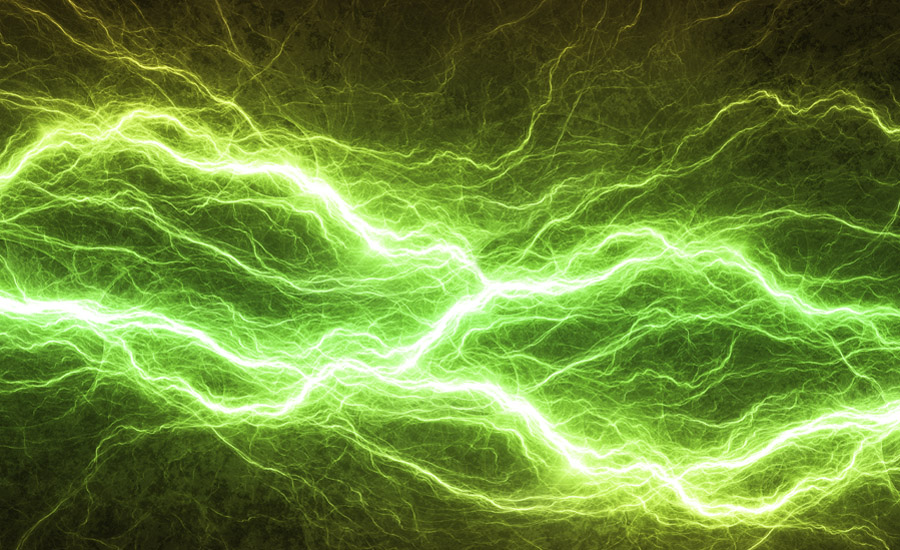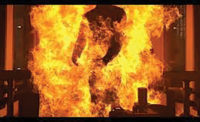An arc flash occurs during a fault, or short circuit condition, which passes through this arc gap. The arc flash can be initiated through accidental contact, equipment which is underrated for the available short circuit current, contamination or tracking over insulated surfaces, deterioration or corrosion of equipment and, or parts, as well as other causes.
An arc flash event can expel large amounts of deadly energy. The arc causes an ionization of the air, and arc flash temperatures can reach as high as 35,000 degrees Fahrenheit. This is hotter than the surface of the sun. This kind of temperature can set fire to clothing and severely burn human skin in fractions of a second at a significant distance from the event. The heat can also result in ignition of any nearby combustible materials. Arc flash temperatures can also liquefy or vaporize metal parts in the vicinity of the event such as copper, aluminum conductors or steel equipment parts. This material rapidly expands in volume as it changes state from a solid to vapor, resulting in explosive pressure and sound waves. The pressure wave can knock workers off balance or off ladders and even throw them across the room against walls or other equipment. The sound blast can cause eardrums to rupture resulting in temporary or permanent hearing loss.
Molten metal can be sprayed by the blast throughout the vicinity. Solid metal debris and other loose objects, such as tools, can be turned into deadly projectiles by the explosion. The bright flash from the event can result in temporary or permanent blindness. All of these will most likely result in equipment damage as well as personnel injury, and possibly death.
Section 110.16 of the 2008 National Electrical Code requires that electrical equipment be marked to warn qualified personnel of potential arc flash hazards. In order to accurately evaluate the dangers associated with arc flash we must quantify the hazard. The measure, which has been developed to assess arc flash events, is incident energy. This is the energy measured on a surface at a specified working distance from the arc flash location.
Source: GE Industrial https://www.geindustrial.com/sites/geis/files/gallery/The-Basics-of-Arc-Flash-Article_GE_Industrial_Solutions_0.pdf







